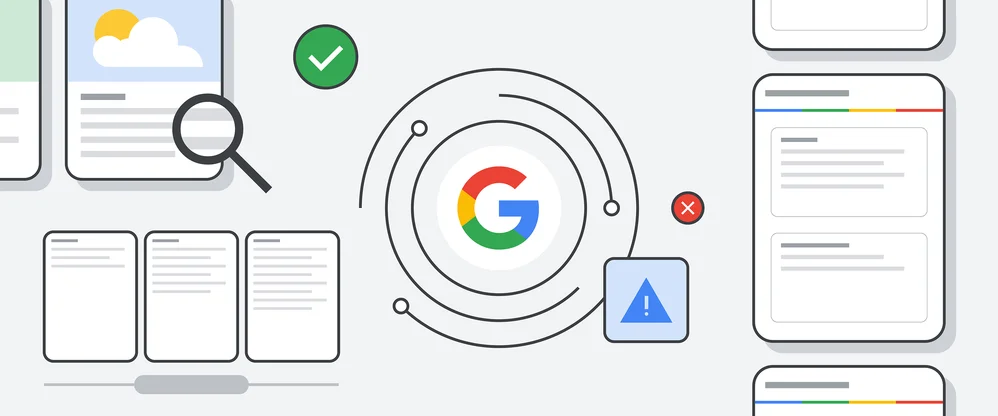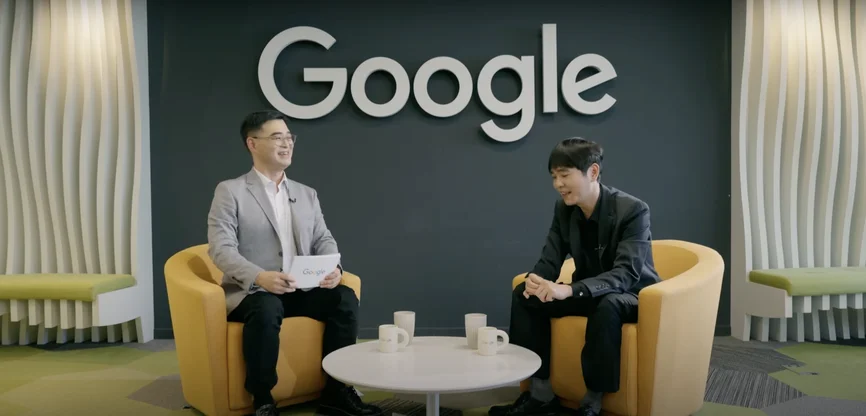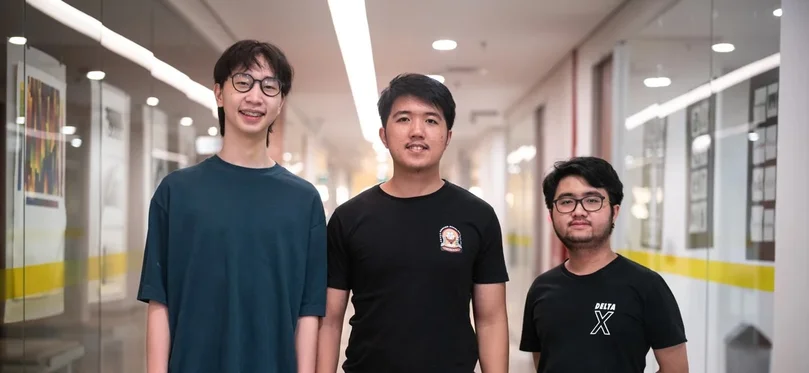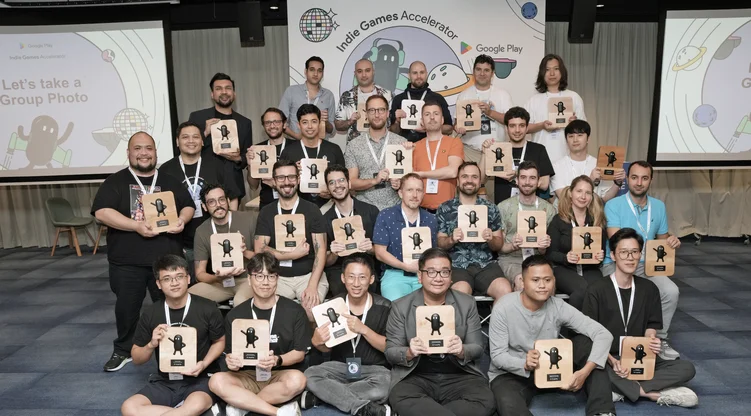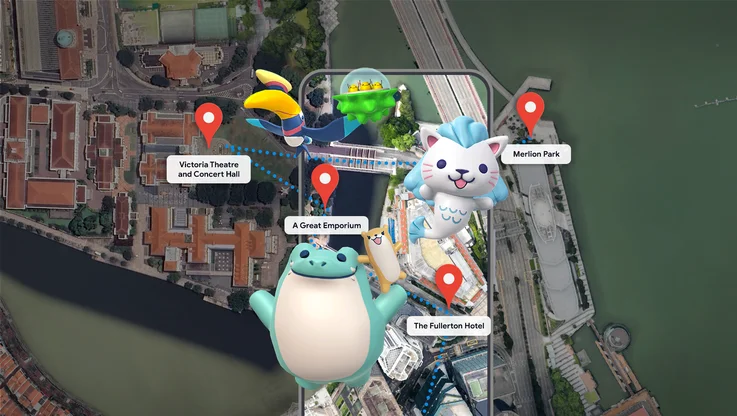Experimenting with science education on YouTube
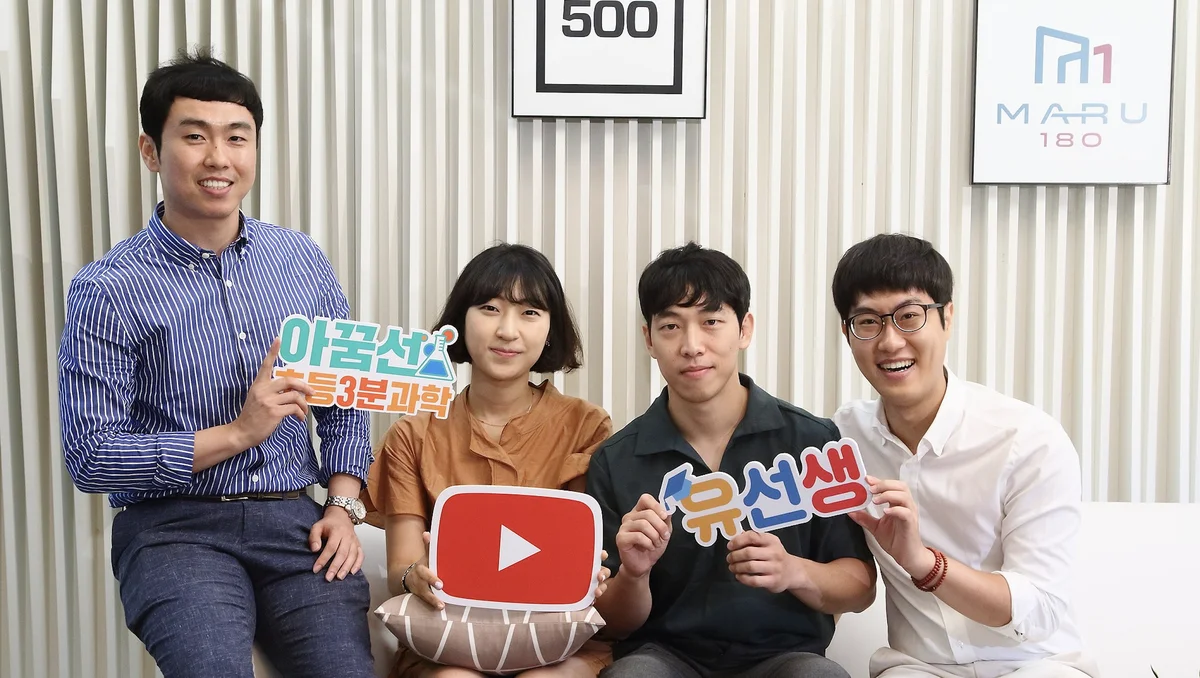
As part of our series of interviews with people across Asia-Pacific who use the Internet as a tool to connect, create and grow, we spoke with DoYoun Han, a science teacher at Hyeongyeong Elementary School in South Korea. In addition to his day job, he runs the YouTube channel 3-Minute Elementary School Science, which shares videos of science lessons and experiments to students between 9 and 13 years old.
Why did you become a teacher?
My parents are farmers and I grew up in the countryside. Unlike the cities, you won’t find private education academies and big libraries here. I was quite playful when I was younger and the lack of interesting educational resources in the countryside didn’t help! I didn’t perform well in examinations, and lost interest in studying. But when I got to the fifth grade, my teacher Lee Byung-gi decided to personally tutor me after school, cheering me up whenever I got bad grades. He inspired me to work harder at school and I decided that I wanted to be just like him—helping students living in the countryside. I’m now living out my dream as a teacher at Hyeongyeong Elementary School in rural South Jeolla province.
Why did you become a YouTube creator?
The average South Korean family spends more than 10 percent of its income on after-school education in private academies for its children. Not every family can afford private education and you won’t find such academies in rural areas anyway. So there’s a gap in educational resources for students in urban and rural areas. I thought the best way to close it was to give teachers in rural schools material to supplement their own teaching. And I decided to share this content through YouTube because it’s popular with young people in Korea.
How do you use YouTube to help your students?
Last year, three other teachers and I started making short science lessons on video. The last thing we wanted to do was to make these seem like extra homework for the kids. So we focus on fun experiments, making abstract concepts more accessible with cartoons or songs. Our videos follow the order of the lessons in the national science curriculum. After reading the lesson in their textbooks, kids can watch our videos to get a better understanding of the subject, and hopefully have some fun too. We’ve shared about 300 videos so far.

What challenges do you face in keeping this going?
Right now it takes us about six hours to produce a three minute video. We’re teachers, not social influencers and we’re still learning to write scripts, film and edit our videos. We use our own money to purchase the production equipment and laboratory materials. Our limited funds means that we can’t produce all the videos that we want to. That’s why we were so thankful when Google heard about our channel and decided to support us with a $30,000 funding commitment. We’re going to use these resources to create even better educational videos for kids.
What keeps you making these videos?
I feel extremely fulfilled when I get comments on our YouTube channel from students who the videos have helped. One student said that he went from being a mediocre to an ace science student, getting full marks to their test scores. I’m happy when students get better results, but I feel just as satisfied when students leave comments just expressing gratitude for being able to understand and solve a problem because of our YouTube videos. Some of our viewers have even won prizes in national science competitions!

What are your plans for the future?
I want to keep being a teacher who presents children with the gift of dreams, creating high-quality online content to help children across the world realize their dreams. We’ve grown from a group of four teachers to 29 now, so we are also thinking of improving our videos and making new ones beyond the field of science.
As we’ve gotten a good response from viewers overseas, we also want to start offering English and Chinese subtitles to our lessons to reach more students. Through YouTube, I also want to reach students that face difficult learning environments like refugees. I see our videos becoming an online classroom that they can access anytime, without teachers or books.
